Twenty years ago, a top model was someone you saw on a billboard in Times Square or flipping through the pages of Vogue. Today, she might be scrolling through her phone in a Brooklyn apartment, posting a candid selfie with 2 million likes. The definition of a top model has changed-not just in how they’re seen, but in how they rise, earn, and stay relevant.
What Made a Top Model in the 90s
In the 1990s, being a top model meant walking for Chanel, closing the Victoria’s Secret show, or gracing the cover of Elle six times a year. These women weren’t just pretty faces-they were brands. Cindy Crawford, Naomi Campbell, and Claudia Schiffer didn’t need social media. Their faces were printed on everything: perfume bottles, jeans, even cereal boxes. Their power came from exclusivity. Agencies like Elite and Ford controlled access. If you weren’t signed with one of them, you weren’t in the game.
Modeling contracts were long, rigid, and expensive. A top model could earn $10,000 for a single runway show in 1995-that’s over $20,000 today with inflation. They didn’t tweet about it. They didn’t post behind-the-scenes clips. Their image was managed by PR teams, stylists, and photographers who controlled every frame.
The Shift: When the Camera Stopped Being Only in the Hands of Professionals
Then came smartphones. Then came Instagram. Around 2010, the rules started to break.
Before, you needed a scout to find you in a mall. Now, a 17-year-old in Manila could post a photo in a bikini, get noticed by a fashion blogger, and be invited to Milan Fashion Week within six months. The gatekeepers didn’t vanish-they just got crowded out.
Kendall Jenner didn’t start with a contract at Elite. She started with a photo of her and her sister Kylie on Instagram in 2011. By 2014, she was walking for Calvin Klein. By 2017, she was the highest-paid model in the world, making $22.5 million. Not because she was on 15 magazine covers. Because she had 80 million followers and partnerships with Pepsi, Estée Lauder, and Adidas.
The new top models don’t just model clothes. They sell lifestyles. Their value isn’t just in their jawline-it’s in their engagement rate. A model with 500,000 followers and a 7% engagement rate can earn more than one with 5 million followers and a 1% rate. Brands care about who actually clicks, not just who’s seen.
How Income Has Changed
Top models in the 90s made money from runway, editorials, and major ad campaigns. Today, those are still part of the mix-but they’re no longer the main source.
Here’s how a top model earns now:
- Brand partnerships-one Instagram post with a skincare brand can pay $50,000 to $200,000
- Own product lines-Gigi Hadid launched a denim line with Zara; Bella Hadid has a fragrance with L’Occitane
- YouTube and TikTok content-behind-the-scenes vlogs, makeup tutorials, fashion hauls
- Exclusive merch drops-limited-edition clothing, NFTs, digital collectibles
- Traditional modeling-still there, but now it’s a bonus, not the foundation
According to Forbes’ 2024 list of highest-paid models, only two of the top ten earned most of their income from runway shows. The rest made 60% or more from social media and brand deals.
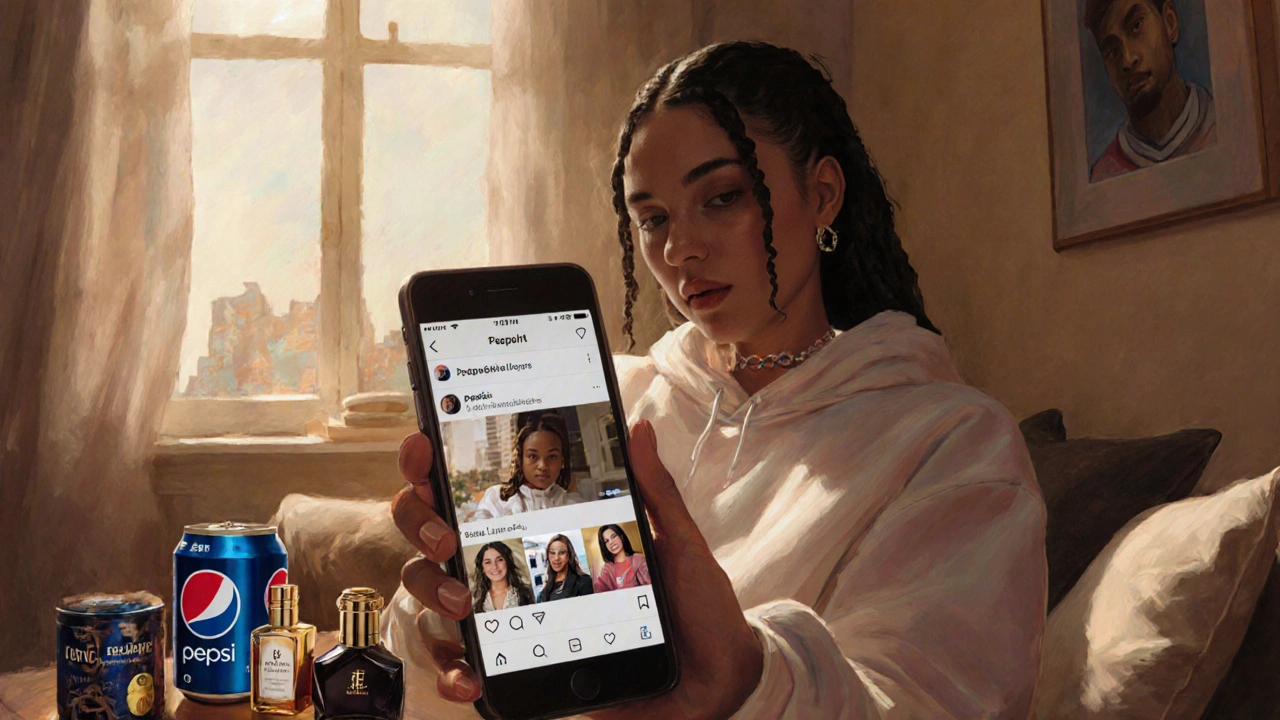
The Rise of the ‘Micro-Supermodel’
You don’t need to be a household name anymore to be a top model. The term now includes influencers with 100K to 500K followers who consistently drive sales. These are the micro-supermodels.
Take Amilna Estevão. She’s not on the cover of Vogue. But she’s partnered with 17 brands in the last year, including Revolve, Savage X Fenty, and L’Oréal. Her audience? Mostly women aged 18-30 in Brazil, Mexico, and Spain. Her posts convert at 12%. That’s more valuable to a brand than a global campaign with low engagement.
These models don’t need to be tall, thin, or conventionally “perfect.” They just need to be real. Authenticity is the new aesthetic. A model who shows stretch marks, acne, or a bad hair day often gets more likes-and more brand offers-than one with flawless retouching.
How Agencies Are Adapting (or Failing To)
Traditional agencies still exist. But their role has changed. They’re no longer the only path to success. Many top models now hire their own managers, lawyers, and content teams.
Some agencies have started social media divisions. IMG now has a team that helps models grow their Instagram following and negotiate influencer deals. But many still treat social media like a side gig-not the main engine.
Meanwhile, new agencies like The Society and The Lions focus entirely on digital-first models. They scout talent from TikTok, not casting calls. They don’t care if you’re 5’10” or 5’6”. They care if your content makes people stop scrolling.
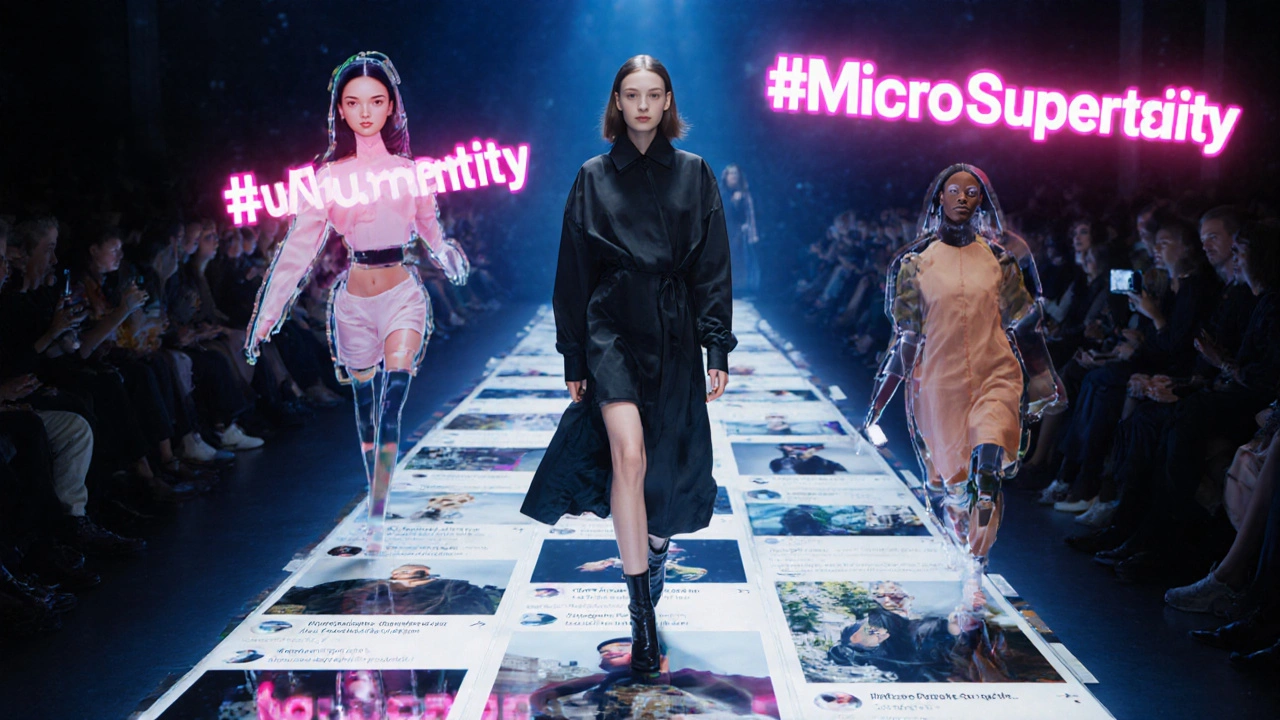
What’s Next? AI, Deepfakes, and the Future of Identity
Now, the next wave is here: digital models. Lil Miquela, a 3D-generated influencer with 3 million followers, has worked with Prada, Samsung, and Pepsi. She’s not real. But she gets paid like one.
Brands are testing AI models that can change outfits, expressions, and even languages in seconds. They’re cheaper. They never get tired. They don’t demand time off.
But here’s the twist: real models are winning anyway. People still crave human connection. When Bella Hadid posted a raw video of herself crying after a long shoot, it got 4 million views. No retouching. No script. Just real.
The future isn’t about replacing humans with robots. It’s about blending both. The top models of 2025 are those who can do it all: walk the runway, shoot a campaign, film a TikTok, and still feel human enough to make people care.
Why This Matters for Aspiring Models
If you’re thinking about becoming a model today, the old rules don’t apply. You can’t wait to be discovered. You have to build your own platform.
Start by asking yourself:
- What do I want to be known for? Fashion? Body positivity? Sustainable style?
- What kind of content makes people pause and engage?
- Am I willing to post every day-even when I don’t feel photogenic?
It’s not about having the best body. It’s about having the best story. The most successful models today aren’t just beautiful. They’re strategic. They’re consistent. They’re themselves.
The runway still exists. But now, it’s everywhere. On your phone. In your feed. In your hands.
Are traditional modeling agencies still relevant for new models?
Yes, but only as one option-not the only path. Top agencies like IMG and Ford still offer access to major runway shows and editorial shoots. But many new models now build their brand independently through social media and sign direct deals with brands. Agencies that don’t help with digital growth are becoming less essential. The smart ones now offer hybrid contracts that include social media management and influencer strategy.
Can someone become a top model without following traditional beauty standards?
Absolutely. The industry has shifted from one-size-fits-all to diversity-driven. Models like Paloma Elsesser, Ashley Graham, and Winnie Harlow have redefined what a top model looks like. Brands now actively seek models with different body types, skin tones, and disabilities because their audiences demand it. Engagement rates are higher when audiences see themselves reflected. If you have presence, personality, and consistency, your measurements matter less than your authenticity.
How much can a new model earn on Instagram in 2025?
Earnings vary widely. A model with 50,000 followers and strong engagement (5%+) can earn $5,000-$15,000 per sponsored post. At 200,000 followers, that jumps to $20,000-$50,000. Top-tier influencers with 1M+ followers and proven sales conversion can earn $100,000+ per post. It’s not about follower count alone-it’s about how many people actually buy because of your post. Brands pay for results, not reach.
Do top models still walk in fashion shows?
Yes, but it’s no longer the main goal. Top models still walk for major designers like Chanel, Prada, and Louis Vuitton-but now it’s often used to boost their credibility and social media profile. A runway appearance can lead to a 30% spike in Instagram followers. For many, it’s a promotional tool, not a career foundation. The most successful models today balance runway work with digital content, product lines, and brand partnerships.
Is it harder to become a top model today than in the 90s?
It’s different, not harder. In the 90s, you needed the right look, the right agency, and the right connections. Today, you need the right look, the right content, the right consistency, and the right strategy. The barrier to entry is lower-anyone can post a photo. But the barrier to standing out is higher. There are millions of models online. To rise, you need more than beauty-you need a voice, a vision, and the discipline to show up every day.
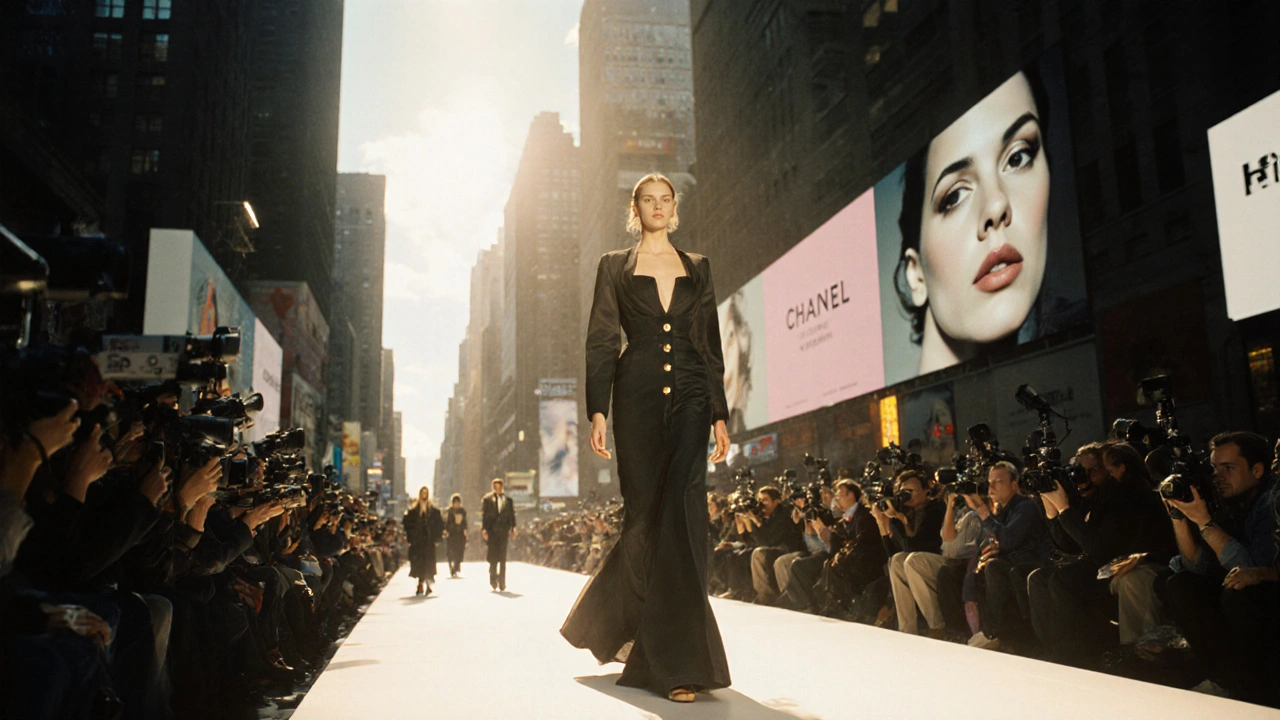
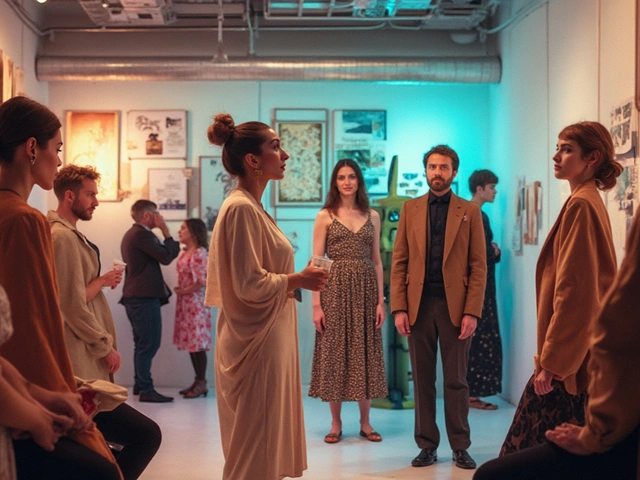




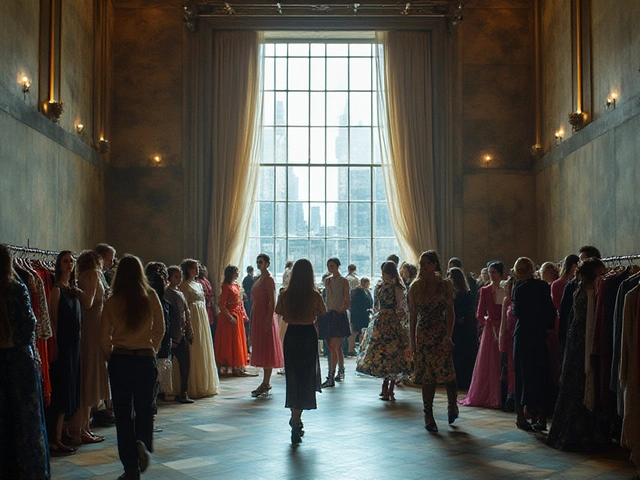
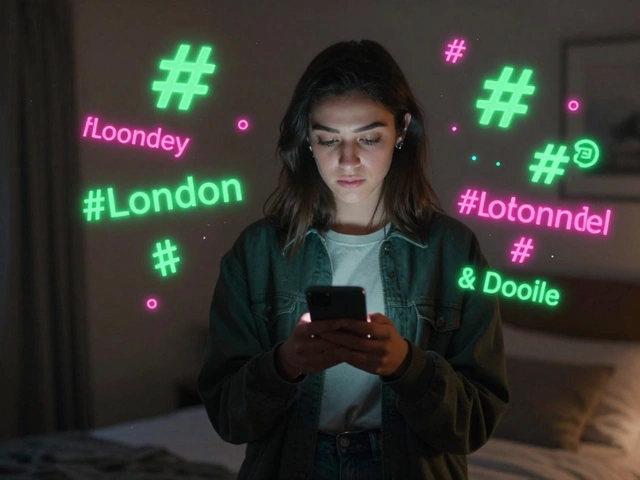
November 9, 2025 AT 22:01
Ben Görner
Really loved this breakdown. I’ve been following models on IG for years and it’s wild how much the game changed. My cousin tried modeling last year-no agency, just posted her art + thrift flips-and got a collab with a sustainable brand. No runway, no photoshoots, just her vibe and consistency. People connect with real, not retouched.
Also, shoutout to micro-supermodels. They’re the unsung heroes of fashion now. Brands are finally catching on that engagement > eyeballs.
November 11, 2025 AT 15:26
Eddie Valdes
Let’s be real-this isn’t evolution, it’s commodification. You used to be a top model because you had presence, poise, and a face that made photographers stop breathing. Now? You’re a content factory with a selfie stick. Lil Miquela gets paid more than most humans because she doesn’t need coffee or therapy. The industry isn’t changing-it’s collapsing under its own weight.
And don’t get me started on ‘authenticity.’ Posting acne = brave? Nah. It’s just a calculated aesthetic now. They all know the algorithm. They’re just better at faking vulnerability.
November 12, 2025 AT 09:29
Vikram Sinha
Interesting how the definition of ‘value’ has shifted from aesthetic mastery to data points. In the 90s, a model’s worth was measured in silence-how much she could convey without speaking. Now, her worth is measured in clicks, shares, and swipe-throughs.
There’s a quiet tragedy here: the art of stillness is being replaced by the noise of performance. We don’t admire anymore-we consume. And consumption doesn’t require beauty. It requires algorithmic efficiency.
Still, I wonder… when the AI models start crying on camera, will we still feel it? Or will we just check the engagement rate?
November 13, 2025 AT 06:38
Jenn Davenport
OMG YES!!! I literally cried when Bella posted that raw video 😭💖 I was like, FINALLY someone who doesn’t look like a mannequin from a 2005 Abercrombie ad! 😩✨
And Amilna?? She’s my spirit animal. I’m 5’2”, have stretch marks from pregnancy, and I post my ‘bad hair days’ on TikTok-and brands DM me now. I didn’t even know I was a ‘micro-supermodel’ until I read this!! Thank you for validating us non-tall, non-perfect girls!! 💕🔥
November 13, 2025 AT 18:27
Dan Mihai
Look, the whole thing is just a capitalist circus. Agencies are obsolete, but the real power? It’s the algorithms. The ‘authentic’ girl with acne? She’s just a marketing proxy for a brand that wants to appear woke. The ‘micro-supermodel’? She’s a data point with a filter.
And don’t even get me started on AI models. Lil Miquela? She’s not a model-she’s a PR stunt with a CGI face. Real humans can’t compete with zero fatigue, zero HR complaints, and zero emotional baggage. The future is synthetic. And frankly? It’s kinda hot.
Also, ‘engagement rate’ is the new currency. Like, duh. We all know this. But nobody wants to say it out loud. So here I am. You’re welcome.
November 14, 2025 AT 05:50
gangadhar balina
This is the decline of Western cultural hegemony. In India, we’ve always known that beauty is not a single standard-it’s diversity in motion. The West is just catching up after decades of colonial beauty norms. Models like Paloma and Winnie? They’re not exceptions-they’re the return of truth.
And let’s be honest: if you’re a model from Lagos or Mumbai with 100K followers and 10% engagement, you’re more valuable than some Parisian runway queen with 5M followers but zero conversions. The algorithm doesn’t care about your passport. It cares about your impact.
Also, AI models? Pathetic. They can’t dance. They can’t sweat. They can’t feel the fabric. Real models? They’re still the soul of fashion. The West is just too slow to realize it.
November 15, 2025 AT 05:04
Michelle Yu
Okay but can we talk about how the whole ‘authenticity’ thing is just the new luxury? Like, ‘Oh I showed my cellulite’-but you’re still wearing $800 jeans and getting paid $100K to do it. It’s performative vulnerability.
Also, the fact that ‘micro-supermodel’ is even a term? That’s just branding for ‘influencer who’s not famous enough to be on a billboard.’
And Lil Miquela? Cute. But if I’m spending $200 on a skincare product because of her, I’m basically buying a digital ad with a name. We’re not evolving-we’re just better at packaging capitalism.
November 15, 2025 AT 09:22
Dustin Lauck
So we’ve gone from ‘the face that launched a thousand ships’ to ‘the post that launched a thousand affiliate links.’
It’s funny how we romanticize the 90s-like models were these untouchable goddesses who never smiled or sneezed. Meanwhile, they were being micromanaged by agencies that treated them like rented mannequins.
Now? You can be yourself, post your stretch marks, build your own empire, and still make bank. The system’s broken, sure-but the freedom? That’s real.
And yes, AI models are creepy. But here’s the twist: people still click on Bella’s raw video because it reminds them they’re alive. The algorithm can’t replicate that. So maybe… we’re not losing humanity. We’re just learning how to fight for it.